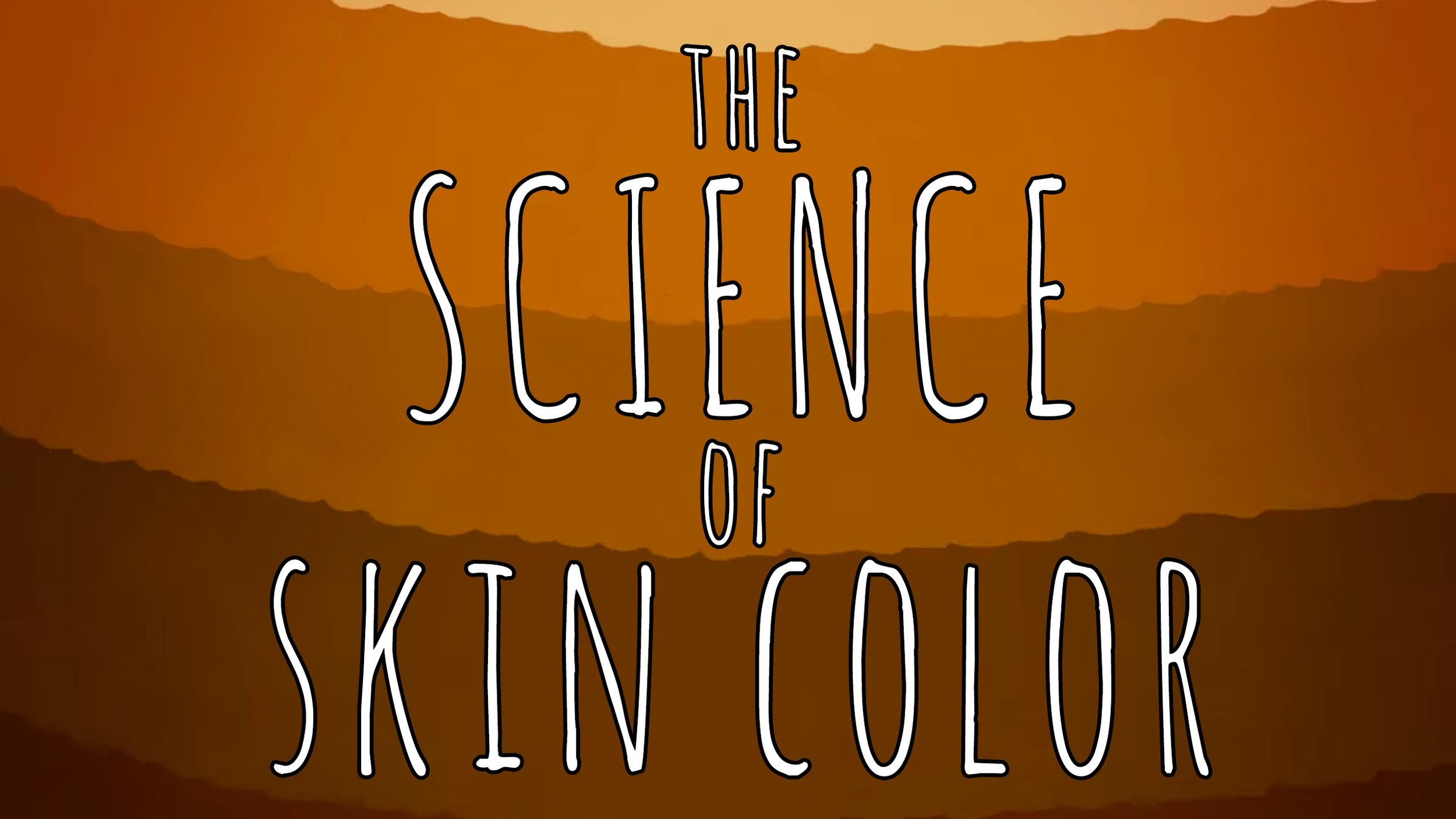Corn Cob Sprouting in Water
Description: This dramatic time lapse shows corn kernels sprouting over time. Each of the kernels represents a new corn plant and so corn cobs represent a wonderful organism for studying genetics. In elementary this phenomenon can be used to show what plants need to survive. In secondary students can investigate specific crosses, analyze patterns in the offspring, and could even study transposons "jumping genes".
Web Resources: Why Is Our Corn Changing? - Next Gen Storylines, Corn Genetics - Biology4Friends, Corn Genetics - Wikipedia
Alligators Survive In Ice
Description: As ice covers a lake, the alligators will leave their nostrils out of the water, sometimes frozen in place. Since the alligators are ectothermic (receiving body heat from their environment) they will enter into a state of dormancy called brumation. This amazing phenomenon could be used as an example of successful animal behavior or a form of homeostasis.
Web Resources: Alligators 'Snorkel' to Survive Ice-Covered Swamp - Live Science, Reptile Brumation - South Carolina Aquarium
Ice Turns Himalayan Rabbits Black
Description: The Himalayan rabbit is an excellent example of an organism that shows how the environment can affect traits. A rabbit kit (baby) that is exposed to as little as 20 minutes of cold will develop darker fur. Since the ears and feet of a Himalayan rabbit are colder they are generally black in color. In a classic genetics experiment a Himalayan is shaved and then an ice pack is placed on its back. The fur grows back black in the location that was cooled.
Web Resources: Himalayan Rabbit Markings - Wikipedia , Pathwayz - Genetics/Environment
By SableSteel [CC BY-SA 3.0], from Wikimedia Commons
By SableSteel [CC BY-SA 3.0], from Wikimedia Commons
Why Do Humans Have Different Colored Skin?
Description: Human skin color can change in response to environmental changes (i.e. getting a sunburn or a suntan). However the root cause of our skin color is genetic and comes from our ancestors. UV radiation causes damage to the DNA in our cells and can lead to various forms of cancer. If your ancestors lived in an area that received large amounts of UV radiation (i.e. closer to the equator) humans evolved darker skin for protection through the process of natural selection. However light is also important since it allows humans to synthesize vitamin D. Therefore if your ancestors lived in an area that receives little light (i.e. near the poles) they evolved lighter skin.
Web Resources: Human Skin Color - Wikipedia, The Biology of Skin Color - HHMI





